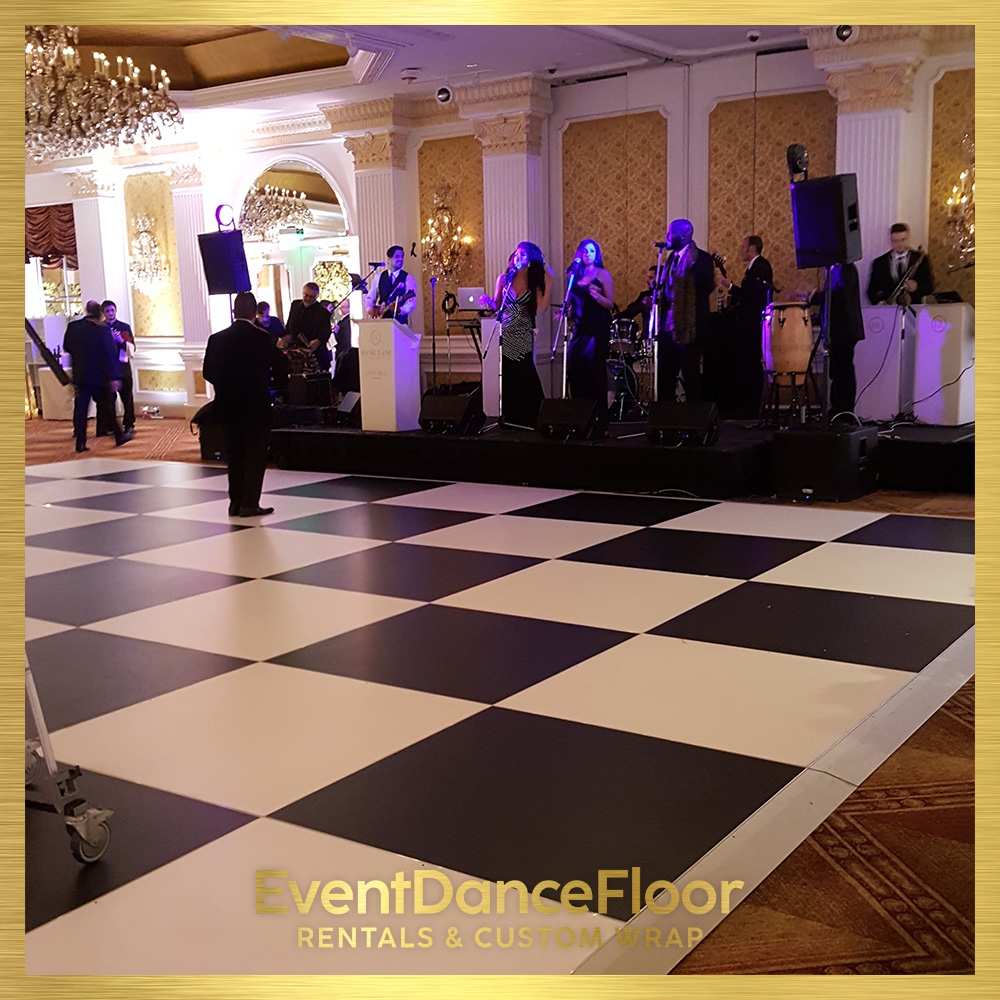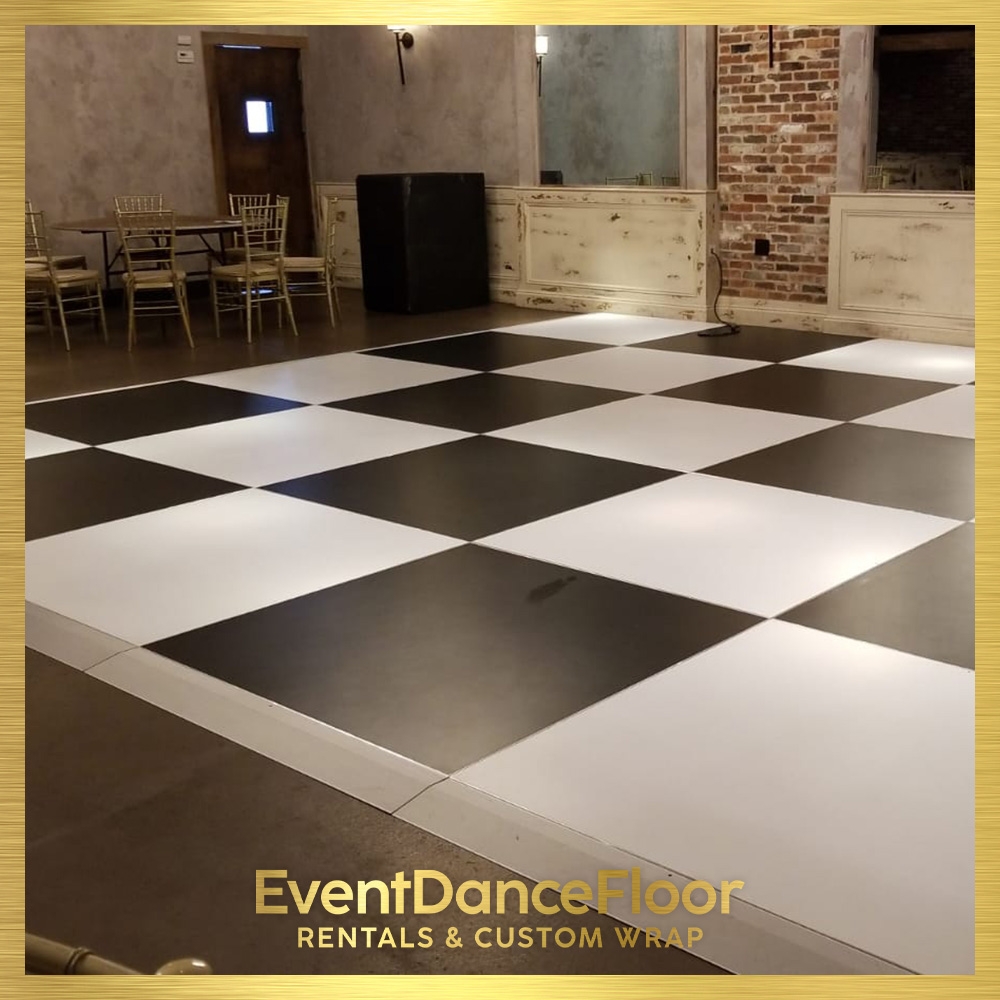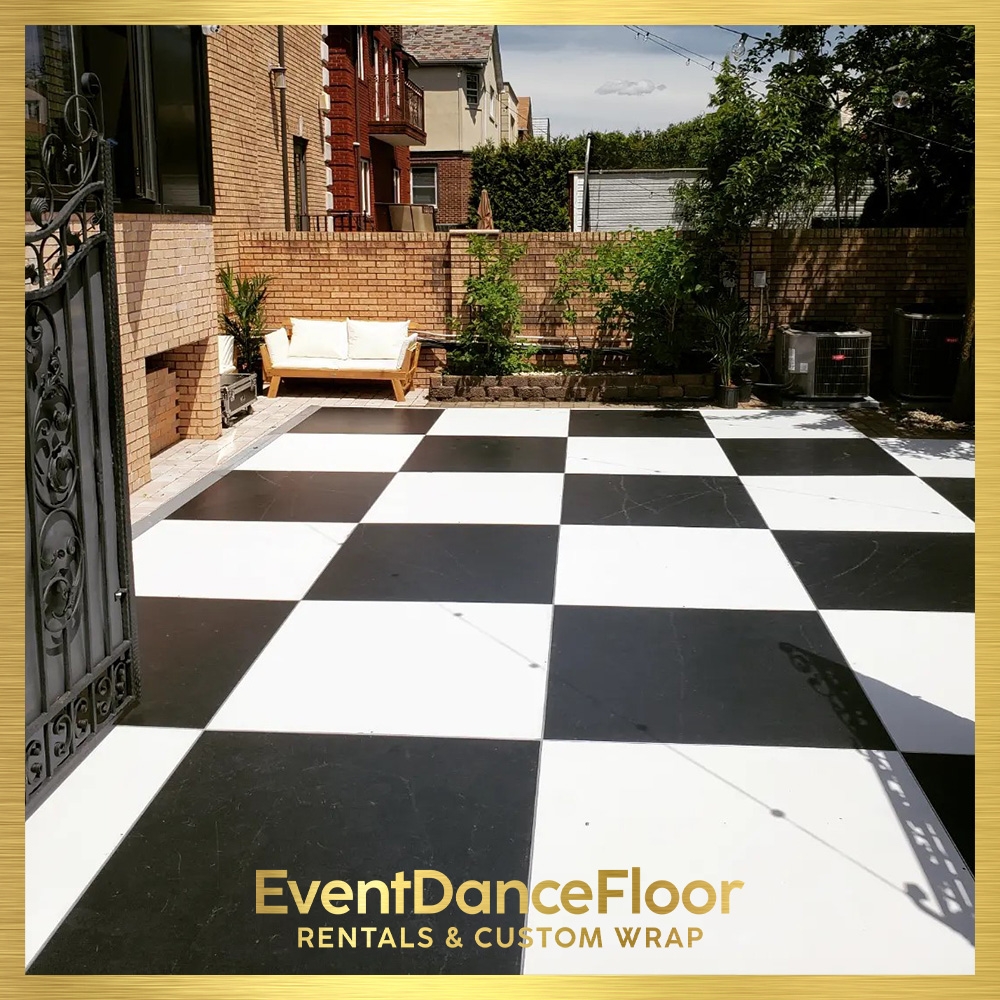Dance floors can indeed incorporate haptic feedback technology to provide users with enhanced sensory experiences. By integrating haptic actuators into the flooring material, dancers can feel vibrations, textures, and even subtle movements in response to the music or their own movements. This tactile feedback can add a new dimension to the dancing experience, allowing users to not only hear and see the music but also physically feel it through their feet and body. The incorporation of haptic feedback can create a more immersive and engaging environment for dancers, enhancing their overall enjoyment and connection to the music and the space. Additionally, haptic feedback can be customized and programmed to respond to different types of music or dance styles, further enhancing the sensory experience for users. Overall, the integration of haptic feedback technology into dance floors has the potential to revolutionize the way people interact with music and movement in a physical space.




